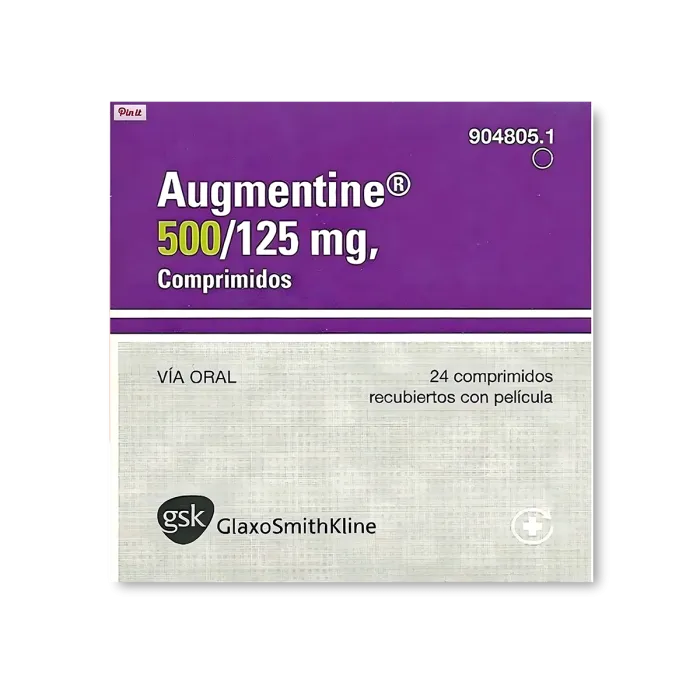Pelvic Inflammatory Disease (PID) is a serious infection of the female reproductive tract, particularly impacting sexually active women of reproductive age.
If left undiagnosed, this disease can lead to severe complications, posing a potential threat to fertility.
Hence, it is important to get tested for this infection as soon as you can.
However, PID can be confused with other Sexually Transmitted Infections (STIs) or disorders, complicating the diagnosis process.
Therefore, individuals often have a common doubt- “How is PID diagnosed?”
Let us proceed with this article and clear confusion regarding diagnosis and learn everything in detail.
How is PID Diagnosed
Unfortunately, there is no single test that can detect Pelvic Inflammatory Disease (PID) with accuracy.
Hence, your doctor will conduct a number of tests and examinations to determine if you are affected by this disease.
These tests include analyzing medical history, pelvic exams, blood tests, and ultrasounds.
Let us understand the significance of these diagnostic tests in depth.
Save up to 90% on your medicine bills

Augmentin 500/125 Mg

Azax 500 Mg

Cephadex 500 Mg

Norflox 200 Mg
Medical History
As a first step, your doctor may inquire about your sexual activity patterns, any past cases of
Sexually Transmitted Infections (STIs), and the contraception methods you use.
This information helps them understand and assess your current health status effectively.
Symptom Evaluation
 Source: africa_images
Source: africa_imagesLearning about your symptoms is crucial for your doctor to diagnose PID effectively.
Some common PID symptoms include pain, abnormal discharge, Nausea, and painful urination.
Inform your doctor about any symptoms you face, even if they seem minor. This will ensure an accurate evaluation and diagnosis.
Pelvic Exam
A pelvic exam involves inserting two gloved fingers into the vaginal opening to check the reproductive organs.
During this exam, your doctor will analyze your pelvic region for tenderness and swelling.
They may also use cotton swabs to take fluid samples from your vagina and cervix.
These samples are tested for signs of infections such as Gonorrhea and Chlamydia.
Blood and Urine Test
Blood and urine tests are important tools for assessing the health of your reproductive system.
These tests may be used to screen for pregnancy, Human Immunodeficiency Virus (HIV), or other Sexually Transmitted Infections (STIs).
Additionally, they may measure white blood cell counts or other indicators of infection or inflammation.
Ultrasound
 Source: getty_images
Source: getty_imagesUltrasound is a specialized test that uses sound waves to create visual images of the reproductive organs.
During an ultrasound for PID, a specialized probe is gently placed on the abdomen or inserted into the vagina to take images of the uterus, fallopian tubes, and ovaries.
These images help doctors assess the condition of the reproductive organs and detect any abnormalities.
Any inflammation or fluid buildup may indicate the presence of PID.
If your diagnosis is still unclear after these tests, your doctor may suggest other tests, such as Laparoscopy or Endometrial biopsy, to confirm PID.
How is Pelvic Inflammatory Disease Treated
After diagnosing your condition, your doctor will prescribe a detailed treatment plan for PID.
Since STIs are the primary cause of PID, antibiotics are the first-line treatment for this disease.
These may include drugs such as Doxycycline and Azithromycin.
In severe cases, surgery may be recommended.
Additionally, many natural remedies are available to complement the medications.
However, it is important to remember that completely curing PID may not be possible in every case.
If you are interested in learning more about whether PID can be cured,Read Finding Out: Can PID Be Cured?
Conclusion
Pelvic Inflammatory Disease (PID) is a severe infection caused by Sexually Transmitted Infections (STIs) that can harm the uterus, fallopian tubes, or ovaries.
And since there is no single test for the diagnosis of PID, people often wonder, “How is PID diagnosed?”
Diagnosing PID typically requires a combination of medical history, physical examination, symptom evaluation, and laboratory tests.
These tests involve blood and urine tests, pelvic exams, and ultrasound.
Additionally, your doctor might recommend procedures such as Laparoscopy or Endometrial Biopsy to confirm PID.
Following the diagnosis, PID is treated using specific antibiotics such as Doxycycline and Azithromycin.
Hence, it is recommended to prioritize prompt diagnosis to receive accurate and timely treatment for PID.

Frequently Asked Questions
What is the best way to diagnose PID?
Diagnosing PID usually involves a medical history review, physical exam, and tests like pelvic exam, urine test, or vaginal swab.
Imaging tests or Laparoscopy may be needed for unclear cases.
Does PID show up on ultrasound?
Yes, severe PID may show up on ultrasound.
Ultrasound tests aim to detect signs of PID-related complications like fluid buildup or inflammation in the pelvic organs.
However, some mild cases of PID may show a normal ultrasound report.
What is the fastest way to cure PID?
Proper treatment with antibiotics under a certified doctor is the fastest way to cure PID.
It is important to complete the full course of medication to ensure the infection clears completely.
What does PID discharge look like?
PID discharge can vary among people.
It might be yellow or green, have an unusual odor, or appear as increased vaginal discharge.
It is best to consult a certified doctor for proper evaluation.
What can be mistaken with PID?
Conditions that can be mistaken for PID include Urinary Tract Infections, Appendicitis, Polycystic Ovarian Syndrome (PCOS), and Endometriosis.
Proper diagnosis by a licensed doctor is important for accurate treatment.
Cheap Medicine Shop only refers to credible, authoritative sources for our content. If you’re curious about how we ensure the integrity of our content, we encourage you to read our Content Information Policy.











